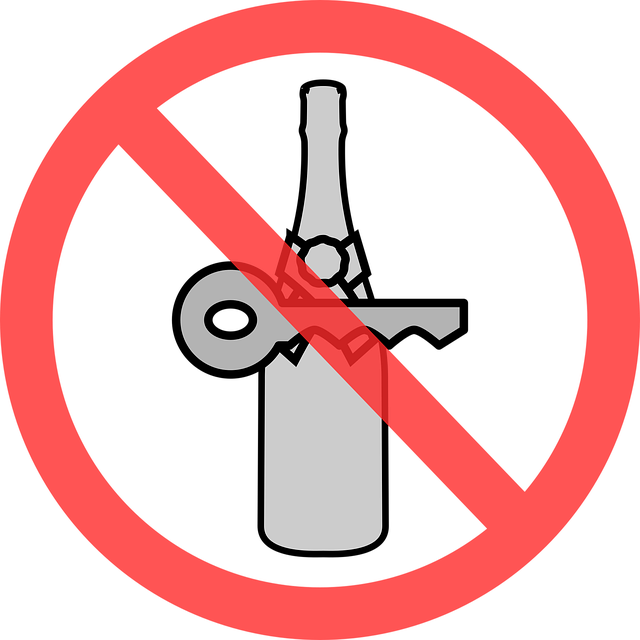Rural community DUI prevention faces unique challenges due to lower densities, limited resources, and less stringent laws, hindering effective enforcement. Slower response times and perceived police absence discourage proactive measures. Risky behaviors like unsupervised alcohol consumption are more common in rural settings, exacerbated by scarce public transportation. Overcoming these hurdles requires tailored strategies: stricter local laws with enhanced enforcement, community engagement through educational campaigns, promoting responsible drinking, and providing alternative transportation options to combat DUI in rural areas.
In rural communities, DUI prevention faces unique challenges. With lower population densities and limited resources, loopholes in legislation and enforcement can create gaps, exacerbating safety risks. This article delves into these disparities, exploring strategies to close loopholes and bolster safety measures in rural areas. By understanding the specific hurdles, we can develop targeted solutions that enhance DUI prevention efforts and protect vulnerable communities across the nation.
- Rural Community DUI Prevention: Understanding the Challenges
- Strategies to Close Loopholes and Enhance Safety Measures
Rural Community DUI Prevention: Understanding the Challenges

Rural communities face unique challenges when it comes to DUI (driving under the influence) prevention. With lower population densities, limited access to resources, and often less stringent laws, these areas have traditionally struggled with enforcing drunk driving legislation. The lack of visible police presence and slower response times can discourage proactive measures against DUI, as offenders may feel less deterred by potential consequences.
Additionally, rural settings often provide more opportunities for individuals to engage in risky behavior, such as consuming alcohol without supervision or in remote locations. Limited public transportation alternatives make it harder for those under the influence to find safe rides, which can lead to an increased likelihood of driving while intoxicated. Addressing these challenges requires tailored strategies that consider the specific socio-economic and geographical factors of rural communities, focusing on education, stricter enforcement, and community involvement to effectively combat DUI.
Strategies to Close Loopholes and Enhance Safety Measures

To close loopholes and enhance safety measures, particularly in rural communities grappling with DUI (driving under the influence) prevention, several strategic approaches can be implemented. One key strategy involves strengthening local laws and regulations to fill gaps that might exist in current legislation. This includes stricter penalties for DUI offenses and more robust enforcement initiatives, such as increased patrols and random sobriety checks, to deter potential offenders.
Additionally, community engagement programs play a pivotal role in raising awareness about the dangers of DUI. Educational campaigns targeted at both youth and adults can help dispel myths and misconceptions surrounding alcohol consumption and driving. Encouraging responsible drinking habits and promoting alternative transportation options, like designated drivers or ride-sharing services, are also effective measures to prevent rural community members from engaging in DUI activities.
In addressing Rural Community DUI Prevention, it’s clear that identifying and closing loopholes is a critical step towards enhancing safety measures. By implementing strategic interventions, communities can better protect themselves from the devastating impacts of drunk driving. This not only ensures the well-being of rural residents but also contributes to a safer, more responsible driving culture across all landscapes.






